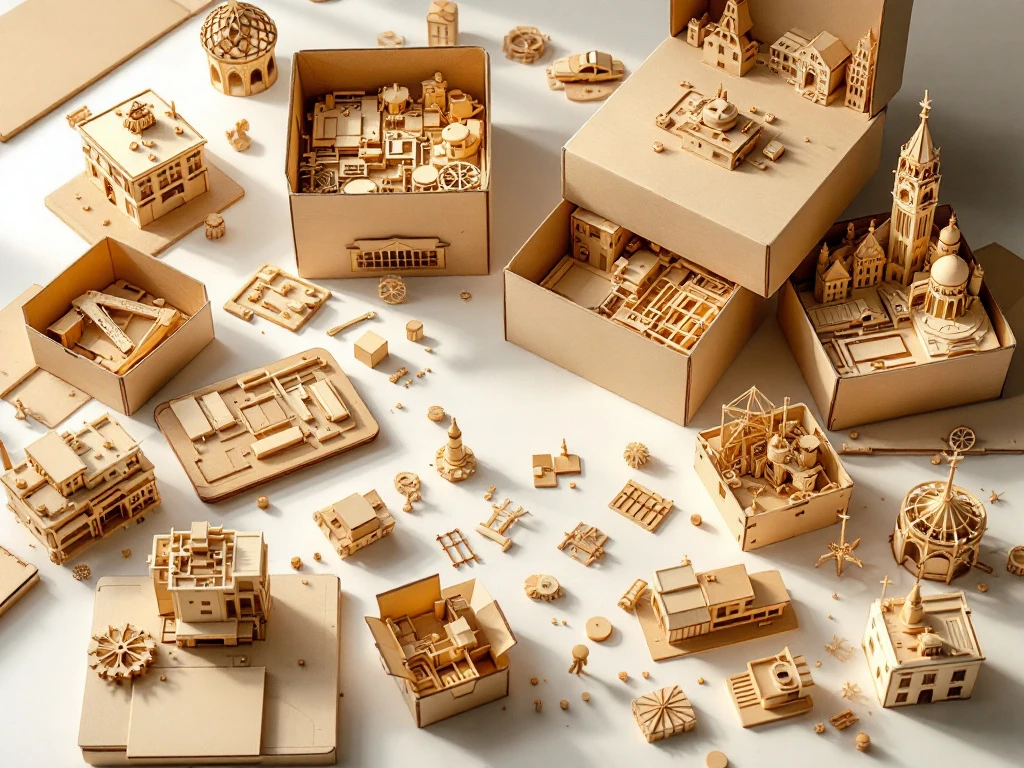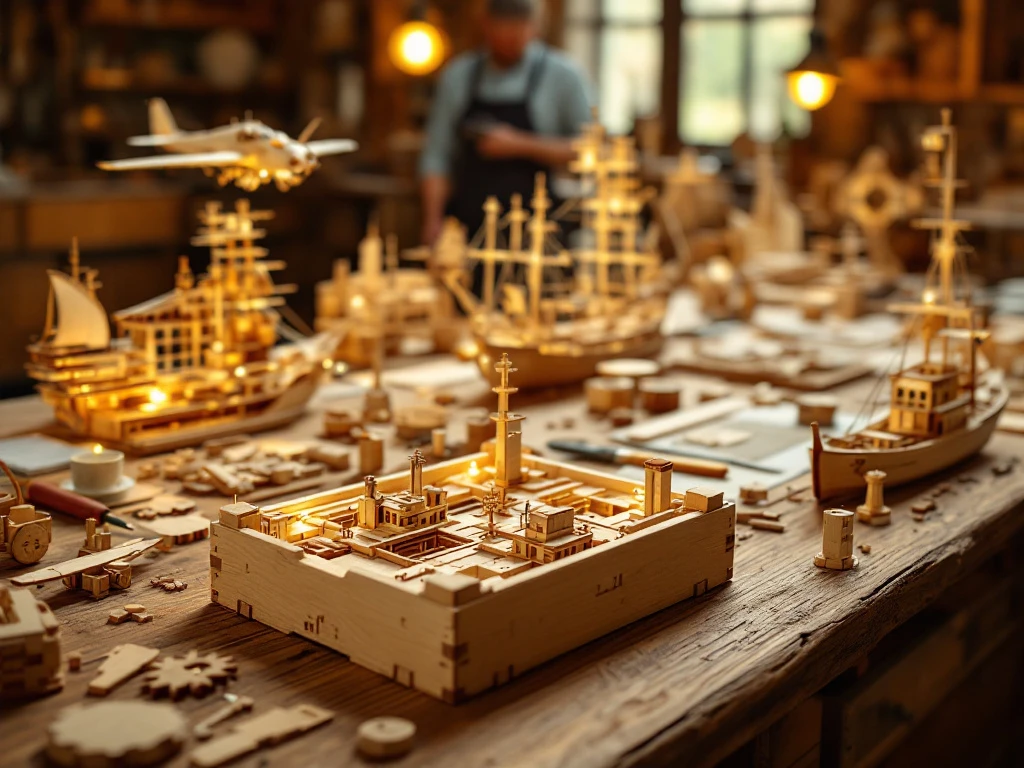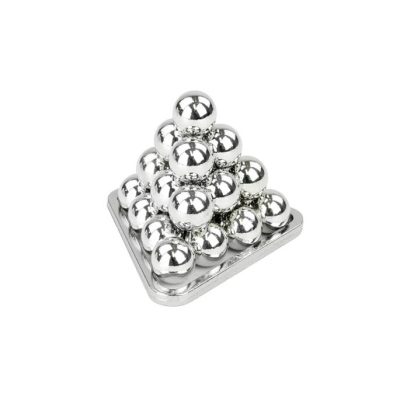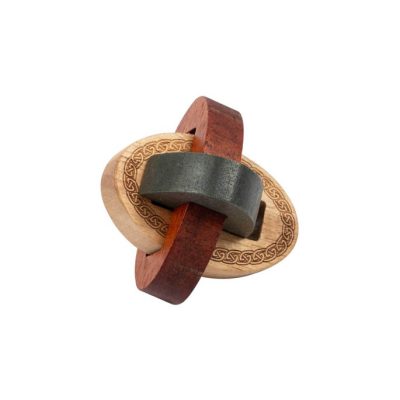-
 Dave Vinke
Dave Vinke
- Leestijd: 5 min
- Laatst geüpdatet: 29/08/2025
Model building projects in schools vary according to age group and developmental level. For grades K-1, simple wooden puzzles and large blocks work well, while grades 2-7 can handle model building sets like cars, planes and buildings. Secondary school students can tackle more complex projects such as electronic models and detailed constructions. The choice depends on safety considerations, motor skills and the educational objectives of your lessons.
Which model building projects suit different age groups in school?
For grades K-1, choose large, safe components without small loose pieces. Wooden puzzles with thick pieces, large building blocks and simple stacking games work perfectly. These children are still developing their fine motor skills and need projects they can handle independently.
Students in grades 2-4 can work with more detailed projects. Think of simple model cars, basic airplane models and construction sets with clear instructions. They can now handle small parts and use simple tools under supervision.
For grades 5-7, more complex projects become possible. Detailed model aircraft, ships, buildings and even introduction of electronic components suit their developmental level. They can now follow instructions independently and perform precision work.
Secondary school students can handle the most challenging projects. Robotics, electronic models, detailed historical reconstructions and technical models with moving parts stimulate their problem-solving abilities and technical insight.
How do you choose safe and educational model building projects for the classroom?
Always check the age recommendation on packaging and watch for warnings about small parts. Projects must match your students’ motor skills without causing frustration. Choose models with clear, step-by-step instructions that children can follow independently.
Educational value should be central to your choice. Good model building projects teach children about technology, history, physics or mathematics. An airplane model can illustrate aerodynamics, for example, while a historical building expands knowledge of history.
Consider the available time per lesson. Simple projects take 1-2 lessons, more complex models can take weeks to complete. Plan projects that fit your lesson schedule and give students sufficient time for completion.
Material safety is important. Avoid projects with sharp tools for younger children. Ensure good ventilation when using glue and check that all materials are suitable for school use.
What are the benefits of model building projects for students?
Model building develops children’s fine motor skills through handling small parts and precision work. Students train their hand-eye coordination and learn to work accurately. These skills also help with writing and other school activities.
Problem-solving abilities get a significant boost during model building projects. Children learn to interpret instructions, recognise mistakes and devise solutions. They develop perseverance when something doesn’t work immediately.
Collaboration emerges naturally in group projects. Students divide tasks, help each other and learn to communicate about technical challenges. They experience how teamwork leads to better results.
Self-confidence grows when children complete their own creation. They feel proud of their result and dare to take on new challenges. This positive feeling often extends to other subject areas.
Model building makes abstract concepts concrete. Physics, mathematics and technology become tangible and comprehensible. Children remember these lessons better because they’ve been actively engaged.
What materials and tools do you need for model building at school?
Basic tools include safety scissors, child-safe glue, small screwdrivers and possibly simple pliers. For younger children, choose tools with rounded points and ergonomic handles. Always ensure sufficient quantities so children don’t have to wait.
Workspace setup requires attention. Each student needs adequate table space plus storage space for components. Good lighting prevents eye strain and mistakes. Protect tables with mats or old newspapers.
Budget planning depends on your project choice. Simple wooden puzzles cost a few pounds per student, more complex models can cost £10-20. Look for classroom packages or educational discounts to limit costs.
Storage and organisation are practical considerations. You need space for unfinished projects and spare parts. Use containers or boxes to keep small parts separated per student.
Safety equipment like safety glasses may be needed for certain projects. Ensure first aid materials are available and know the procedure for minor accidents with tools.
Where can you find the best model building sets for school projects?
We at Speedcube understand the specific needs of schools and teachers. Our model building range contains carefully selected sets that perfectly suit different age groups and educational goals. From simple puzzles for primary school to more complex technical models for secondary students.
Schools benefit from our flexible ordering options and fast delivery. You can order until 11:30 PM for next-day delivery, convenient when you need materials quickly for a lesson. We’re happy to help with classroom packages and custom quantities.
Our discount scheme makes model building projects more budget-friendly for schools. With multiple items you automatically receive discount, and we offer special conditions for educational institutions. This helps you realise more projects within your available budget.
The quality of our model building sets comes first. We only select brands that are safe for school use and contain clear instructions. Our product descriptions always mention the recommended age and difficulty level, so you make the right choice.
Unsure which model building projects best suit your lessons? Contact us for personal advice. We’re happy to help you choose projects that are both fun and educational for your students.
Frequently Asked Questions
How long does it typically take to complete a model building project in class?
This depends heavily on complexity and age group. Simple projects for grades K-4 can be completed in 1-2 lessons, while more complex models for grades 5-7 often require 3-5 lessons. Secondary school students sometimes work on one project for weeks. Always plan some extra time for unexpected challenges.
What do you do when students work at different speeds during building?
Provide extra activities for fast workers, such as helping classmates or creating documentation about their project. Slower students can work in pairs or receive additional guidance. Emphasise that quality is more important than speed and celebrate each completed step.
How do you handle broken or missing parts during a project?
Always order 10-15% extra material for spare parts. Make clear agreements about careful handling of materials. When damage occurs through carelessness, you can teach students responsibility by having them help think of solutions. Keep a 'repair corner' with glue and spare materials.
Can model building projects be integrated with other subjects?
Absolutely! Historical models fit perfectly with history, aircraft with physics (aerodynamics), and buildings with mathematics (geometry). Language education can be linked by having students describe their process. This integration enriches lessons and helps children see connections between subjects.
How do you motivate students who find model building 'boring'?
Choose projects that connect with their interests - think popular vehicles, superhero buildings, or robots. Let them choose colours and details where possible. Organise an 'exhibition' where they can show their work to other classes. Make connections to their daily life and future careers.
What common mistakes should you avoid in model building lessons?
Don't start too ambitiously - choose projects that are just challenging enough. Always read instructions beforehand and test the project yourself first. Allow sufficient time per lesson and don't underestimate cleanup time. Remember to check intermediate steps before students continue, this prevents frustration later.
How do you assess model building projects fairly?
Focus on process rather than just the end result. Assess carefulness, perseverance, collaboration and problem-solving. Use self-assessment and peer feedback. Document progress with photos and have students reflect on what they've learned. An 'attempt' always deserves recognition.
Table of contents
Much viewed
More blogs

What new wooden building kits are coming out in 2025?

Where can you buy wooden construction kits?

What are the best brands for wooden construction kits?





